Home>Maintenance & Safety>Pest Control Solutions>How Are Yellow Jackets Getting In My House
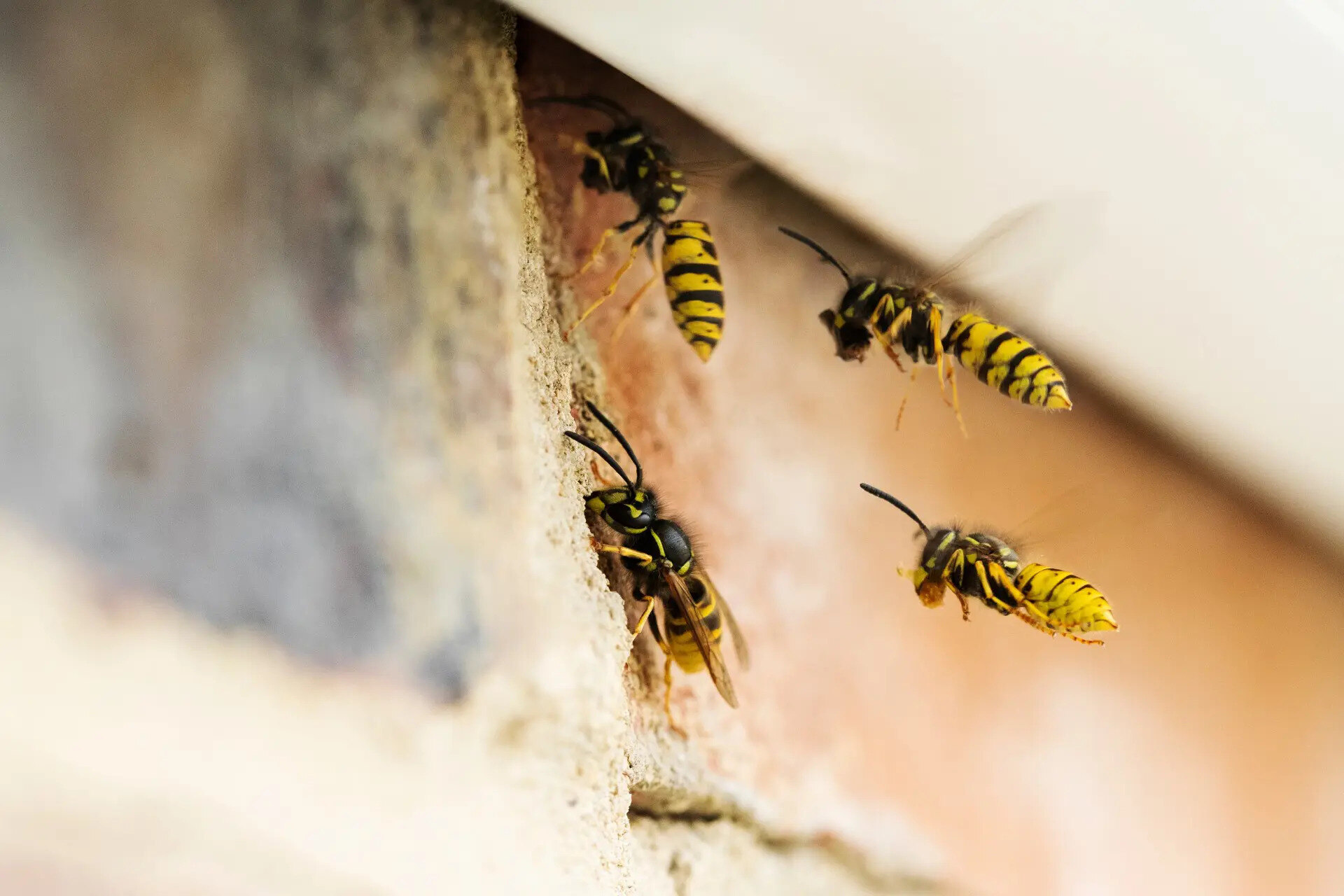

Pest Control Solutions
How Are Yellow Jackets Getting In My House
Modified: February 18, 2024
Discover effective pest control solutions to keep yellow jackets out of your house. Learn how to prevent and eliminate these pests with expert tips and advice. Protect your home today!
(Many of the links in this article redirect to a specific reviewed product. Your purchase of these products through affiliate links helps to generate commission for Storables.com, at no extra cost. Learn more)
Introduction
Yellow jackets are a common nuisance for homeowners, especially during the warmer months. These aggressive stinging insects can quickly turn a peaceful outdoor gathering into a chaotic scene. However, what's even more frustrating is when these pests find their way inside your home. Understanding how yellow jackets are gaining access to your living space is crucial in effectively addressing the issue.
Yellow jackets, scientifically known as Vespula and Dolichovespula, are social wasps that build their nests in various locations, including underground burrows, wall voids, and eaves. They are attracted to sweet substances and protein-based foods, making them a common sight at outdoor picnics and barbecues. However, when they infiltrate your home, they can become a serious annoyance and potential hazard, especially for those allergic to their venom.
In this article, we will explore the various ways yellow jackets are gaining entry into your house and provide insights into their nesting habits. Additionally, we will discuss effective prevention and control measures to help you keep these pesky insects at bay. By understanding the behavior and habits of yellow jackets, you can take proactive steps to protect your home and family from their unwelcome presence.
Key Takeaways:
- Keep yellow jackets out by sealing cracks, vents, and utility entrances. Regularly inspect and maintain your home to create a barrier against these pests.
- Prevent yellow jacket infestations by managing waste, removing nests, and deploying traps. Seek professional help for safe and effective control measures.
Identifying Entry Points
Identifying the entry points through which yellow jackets gain access to your home is crucial in effectively addressing the issue. These pests are adept at finding small openings and exploiting them to infiltrate indoor spaces. By understanding the common entry points, you can take proactive measures to seal off these access routes and prevent yellow jackets from entering your living areas.
-
Cracks and Gaps: Yellow jackets are skilled at locating and exploiting even the tiniest cracks and gaps in the exterior of your home. These could include gaps around windows and doors, cracks in the foundation, or openings around utility penetrations. Inspect the exterior of your home carefully, paying close attention to these potential entry points.
-
Vents and Chimneys: Vents and chimneys provide direct access for yellow jackets to enter your home. These openings often lead directly into the attic or interior wall voids, providing an ideal pathway for the pests to gain entry. Ensure that these areas are properly screened and sealed to prevent yellow jackets from infiltrating your home.
-
Soffits and Eaves: The soffits and eaves of your home can also serve as entry points for yellow jackets. These areas provide sheltered spaces where the pests can build their nests and gain access to the interior of your home. Regularly inspect these areas for signs of yellow jacket activity and take steps to seal off any potential entry points.
-
Utility Entrances: Yellow jackets may exploit utility entrances, such as gaps around pipes, conduits, and electrical wiring, to gain access to your home. These openings often go unnoticed but can serve as convenient entry points for the pests. Conduct a thorough inspection of these areas and seal off any gaps or openings to prevent yellow jackets from entering your living spaces.
Identifying and addressing these entry points is essential in effectively controlling yellow jacket infestations. By taking proactive measures to seal off these access routes, you can significantly reduce the likelihood of yellow jackets gaining entry to your home, creating a safer and more comfortable living environment for you and your family.
Common Nesting Locations
Yellow jackets are resourceful insects when it comes to finding suitable nesting locations. Understanding these common nesting spots is crucial in effectively addressing infestations and minimizing the risk of encountering these pests in and around your home. By being aware of where yellow jackets tend to build their nests, you can take proactive measures to identify and eliminate potential nesting sites.
-
Underground Burrows: Yellow jackets are known for constructing their nests in underground burrows. These can be located in areas with soft, sandy soil, making them difficult to detect. Common locations for underground nests include yards, gardens, and open fields. These subterranean nests can house thousands of yellow jackets, posing a significant threat to anyone who inadvertently disturbs them.
-
Wall Voids and Eaves: In urban and suburban settings, yellow jackets often build their nests in wall voids, attics, and eaves. These locations provide shelter and protection from the elements, making them attractive nesting sites for these insects. Nests built within wall voids can go unnoticed for extended periods, allowing the yellow jacket population to grow unchecked.
-
Hollow Trees and Logs: In natural settings, yellow jackets may establish their nests within hollow trees or logs. These secluded locations provide the insects with the seclusion and protection they need to thrive. When venturing into wooded areas or maintaining outdoor spaces with trees and logs, it's essential to be mindful of the potential presence of yellow jacket nests.
-
Man-Made Structures: Yellow jackets are opportunistic nest builders and may take advantage of man-made structures to establish their colonies. This can include sheds, outbuildings, and even abandoned vehicles. These locations provide the insects with the shelter and security they require to build and expand their nests, often leading to confrontations with unsuspecting humans.
By understanding these common nesting locations, homeowners can be better equipped to identify and address potential yellow jacket infestations. Regular inspections of outdoor and indoor spaces, along with proactive nest removal and prevention measures, can help mitigate the risk of encountering these aggressive stinging insects. Additionally, seeking professional pest control assistance can provide valuable expertise in identifying and safely eliminating yellow jacket nests, ensuring a safer and more comfortable living environment for you and your family.
Prevention and Control Measures
Implementing effective prevention and control measures is essential in managing yellow jacket infestations and safeguarding your home from these aggressive stinging insects. By taking proactive steps to deter yellow jackets and eliminate potential nesting sites, you can create a safer and more comfortable living environment for you and your family.
1. Sealing Entry Points
Identifying and sealing off potential entry points is a critical step in preventing yellow jackets from infiltrating your home. Conduct a thorough inspection of the exterior of your house, paying close attention to cracks, gaps around windows and doors, vents, chimneys, soffits, and utility entrances. Use caulk, weatherstripping, and mesh screens to seal off these openings, effectively blocking the pests' access routes.
Read more: How To Get Rid Of Yellow Jackets?
2. Proper Waste Management
Yellow jackets are attracted to food sources, particularly sweet substances and protein-based foods. Proper waste management is essential in minimizing their attraction to your property. Ensure that outdoor garbage bins are tightly sealed, and promptly clean up any food or beverage spills. Additionally, consider using lidded trash cans and compost bins to contain odors and deter yellow jackets from foraging for food around your home.
3. Nest Removal
If yellow jacket nests are detected on your property, it's crucial to address them promptly and safely. While DIY nest removal can be risky due to the insects' aggressive nature, seeking professional pest control assistance is recommended. Pest control experts have the knowledge, experience, and protective equipment necessary to safely remove yellow jacket nests, minimizing the risk of stings and ensuring thorough eradication of the infestation.
4. Outdoor Maintenance
Regular maintenance of outdoor spaces can help deter yellow jackets from establishing nests near your home. Trim overgrown vegetation, mow the lawn regularly, and remove debris and clutter from your yard to eliminate potential nesting sites. Additionally, inspect outdoor structures such as sheds, play equipment, and decorative items for signs of yellow jacket activity, taking proactive measures to address any potential infestations.
5. Deploying Traps
Strategic placement of yellow jacket traps can help reduce the population of these pests around your property. Commercial traps designed specifically for yellow jackets can be placed in outdoor areas where the insects are commonly seen. These traps use attractants to lure yellow jackets in, effectively reducing their numbers and minimizing the risk of encounters with these aggressive insects.
By implementing these prevention and control measures, homeowners can effectively manage yellow jacket infestations and minimize the risk of encountering these pests in and around their homes. Additionally, seeking professional pest control assistance can provide valuable expertise in addressing yellow jacket infestations, ensuring a safer and more enjoyable living environment for you and your family.
Read more: How To Get Rid Of Yellow Jackets In Wall
Conclusion
In conclusion, understanding how yellow jackets gain entry into your home and recognizing their common nesting locations is essential in effectively addressing and preventing infestations. By identifying and sealing off potential entry points, homeowners can significantly reduce the likelihood of yellow jackets infiltrating their living spaces. Regular inspections of the exterior of the house, including cracks, gaps, vents, and utility entrances, can help create a formidable barrier against these pests.
Moreover, being aware of the common nesting locations of yellow jackets, such as underground burrows, wall voids, eaves, and man-made structures, empowers homeowners to proactively address potential infestations. Regular outdoor maintenance, prompt nest removal, and strategic deployment of traps can help mitigate the risk of encountering these aggressive stinging insects.
It's important to emphasize the value of professional pest control assistance in addressing yellow jacket infestations. Pest control experts possess the knowledge, experience, and protective equipment necessary to safely remove nests and effectively manage infestations, ensuring a safer and more comfortable living environment for homeowners and their families.
By implementing these proactive measures and seeking professional assistance when needed, homeowners can effectively manage yellow jacket infestations and minimize the risk of confrontations with these pests. Creating a pest-resistant environment not only enhances the comfort and safety of the home but also provides peace of mind, allowing homeowners to enjoy their living spaces without the threat of yellow jacket intrusions.
In conclusion, by understanding the behavior and habits of yellow jackets and taking proactive steps to prevent and control infestations, homeowners can create a safer and more enjoyable living environment for themselves and their families.
Frequently Asked Questions about How Are Yellow Jackets Getting In My House
Was this page helpful?
At Storables.com, we guarantee accurate and reliable information. Our content, validated by Expert Board Contributors, is crafted following stringent Editorial Policies. We're committed to providing you with well-researched, expert-backed insights for all your informational needs.
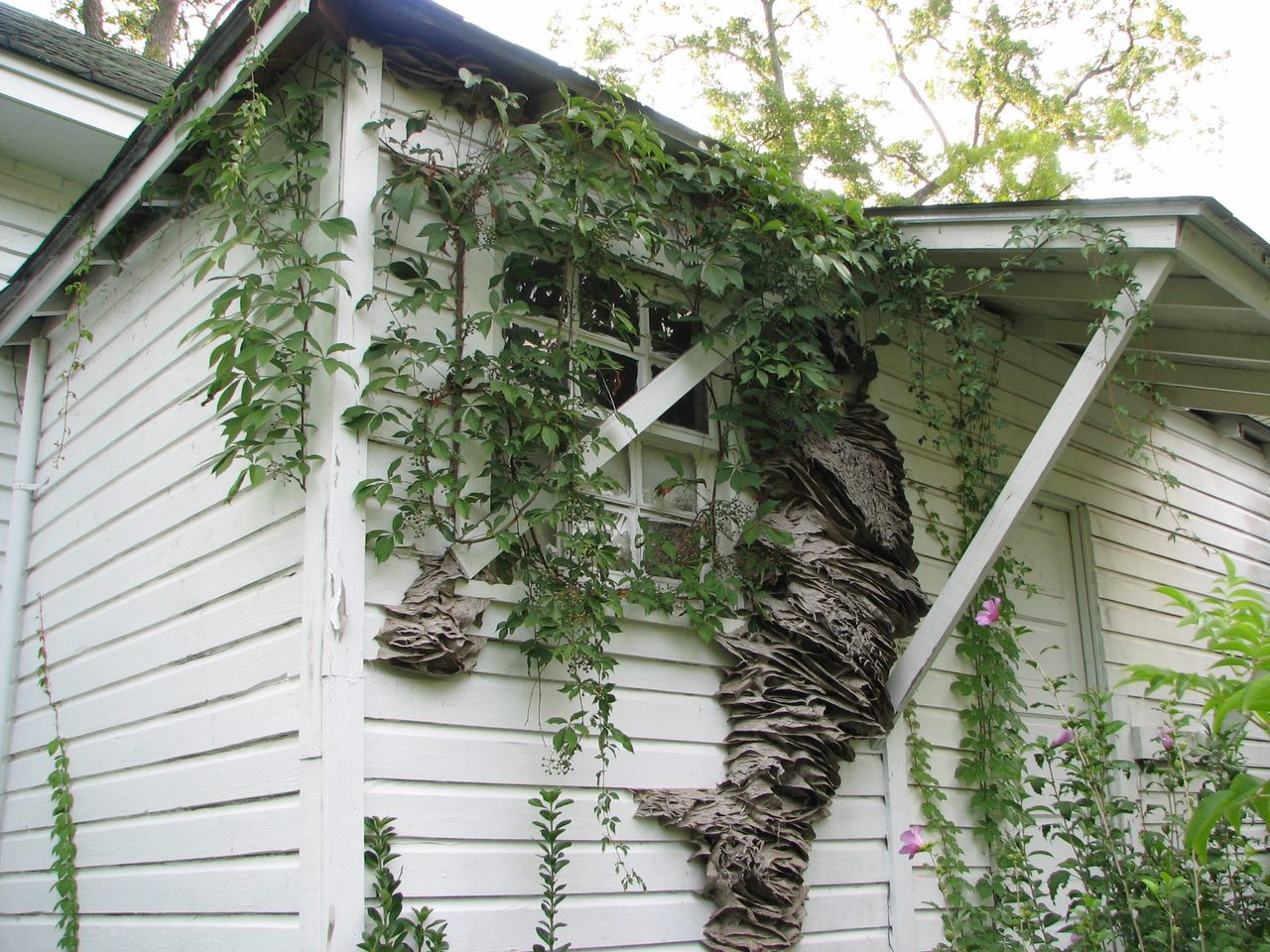
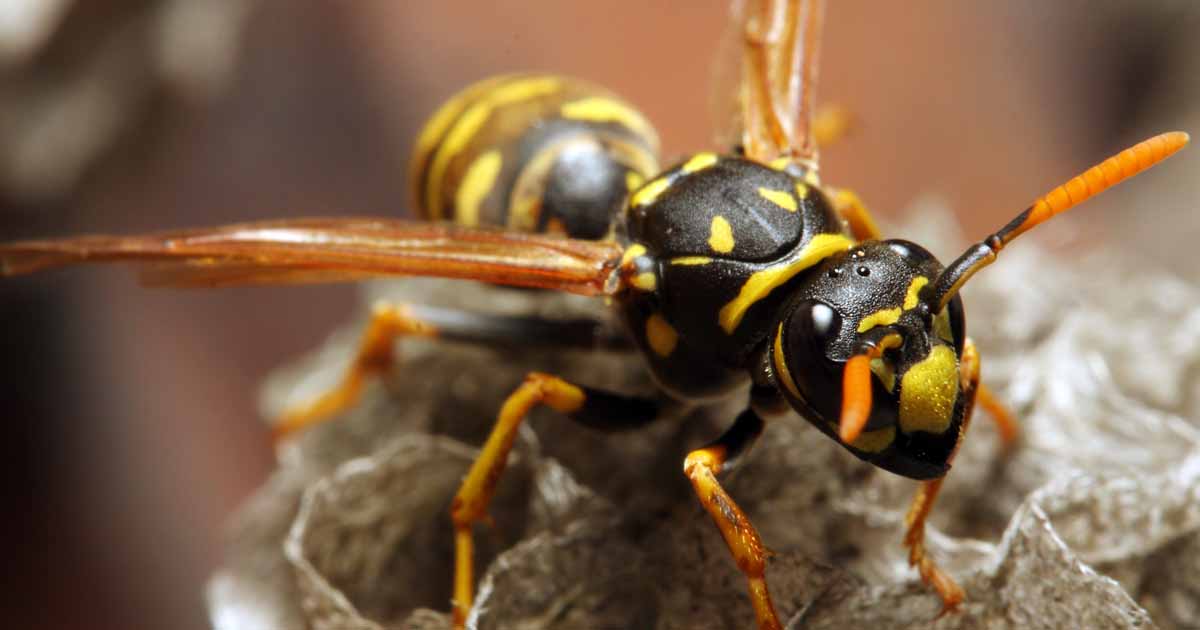
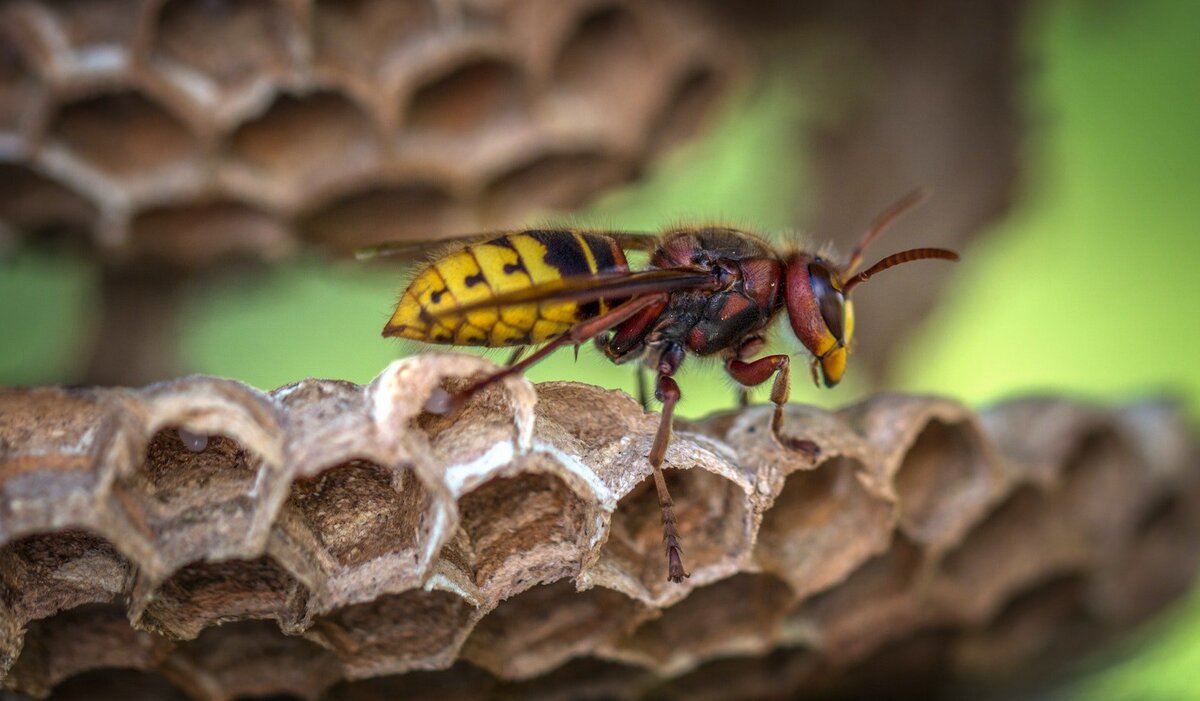
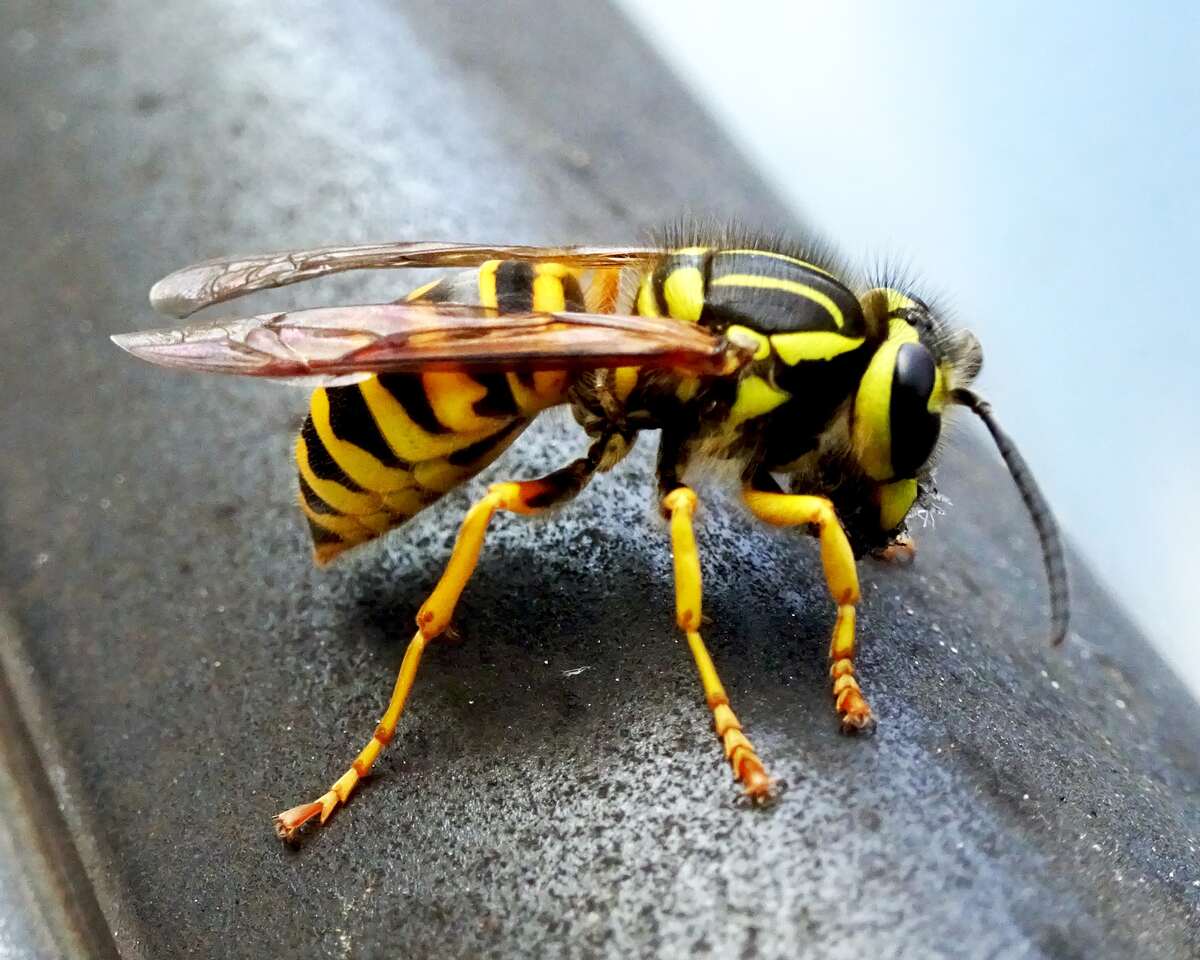
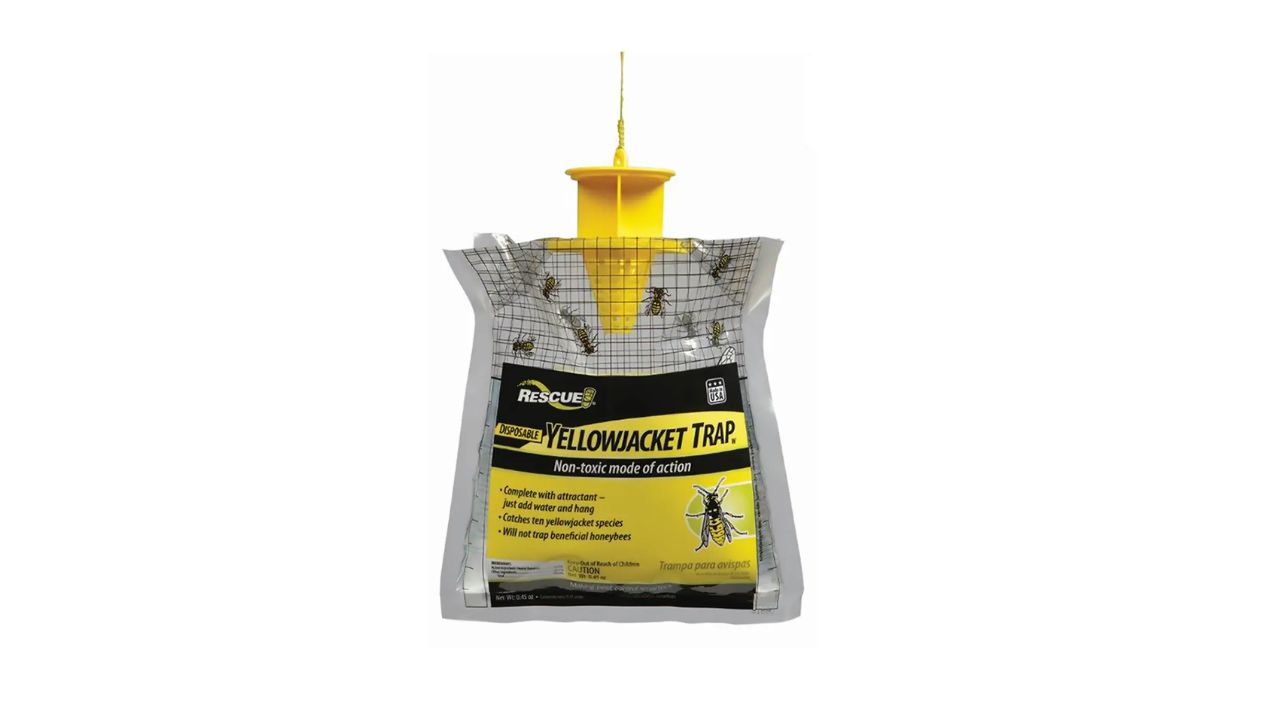
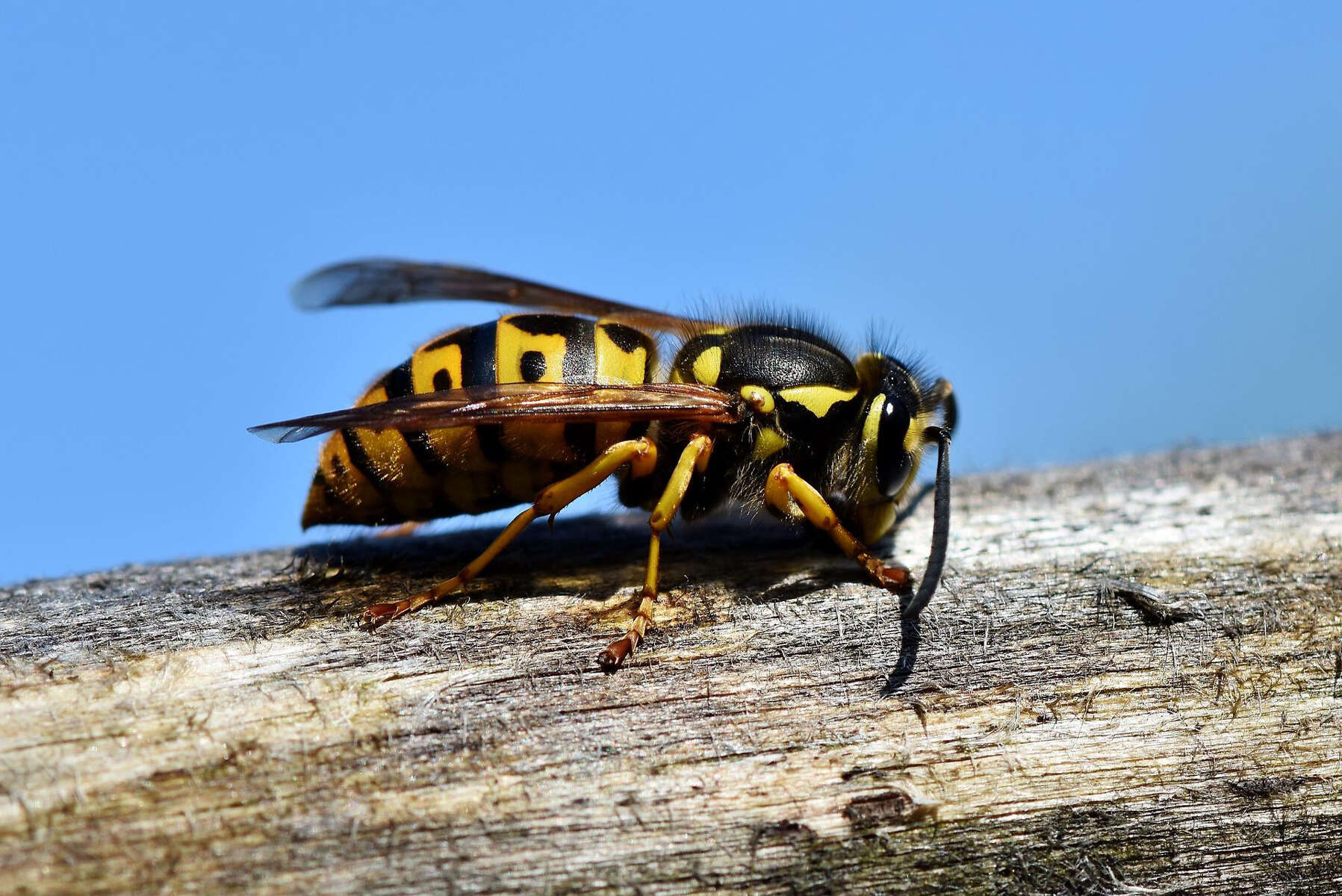
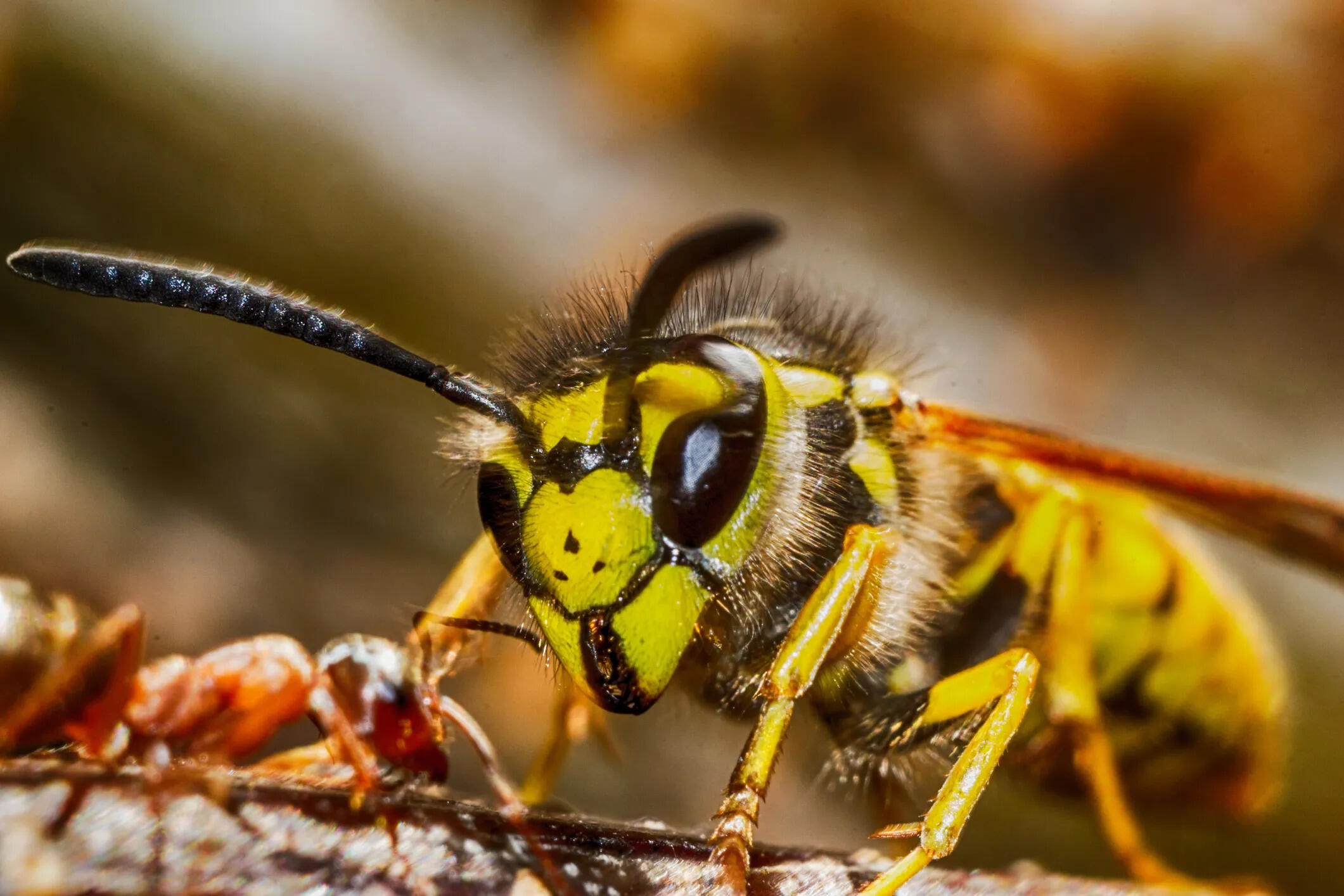
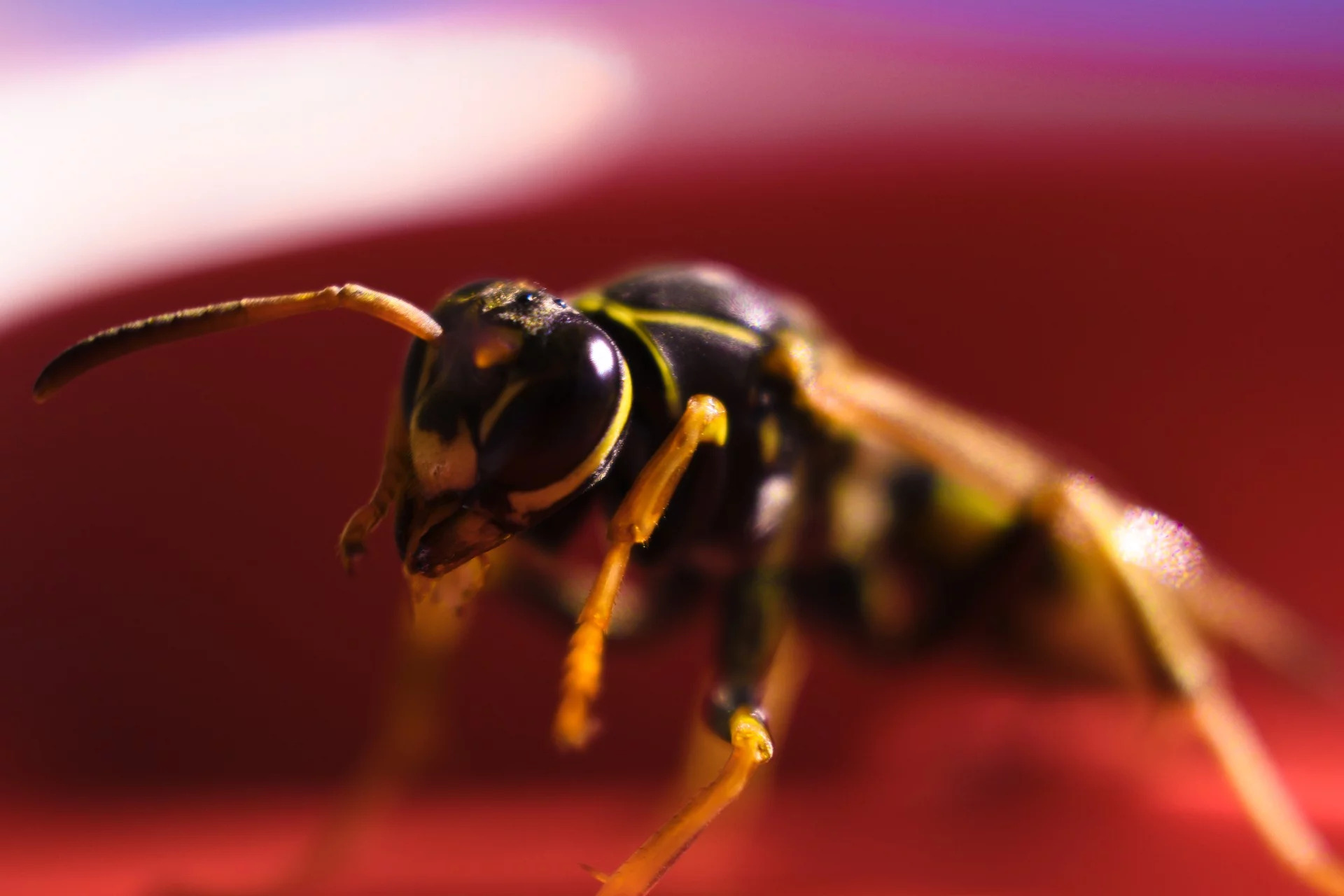
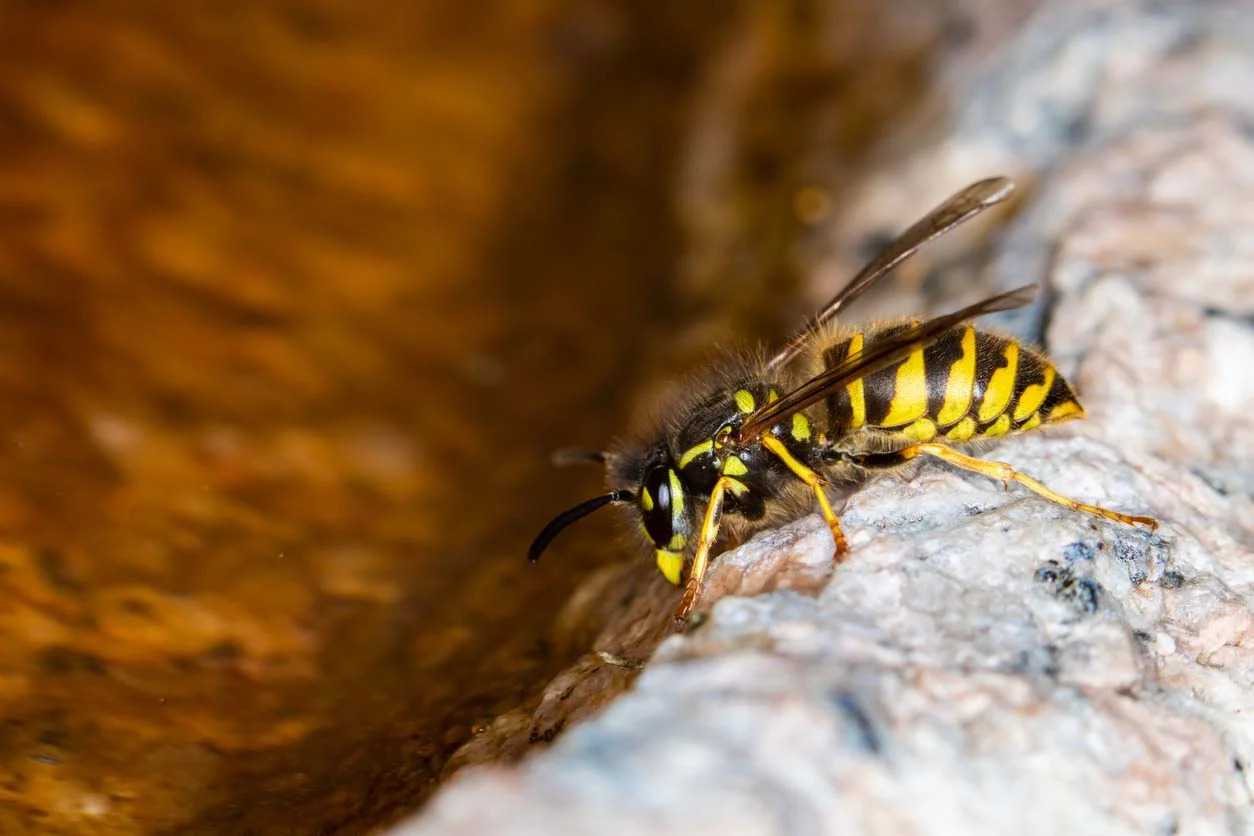
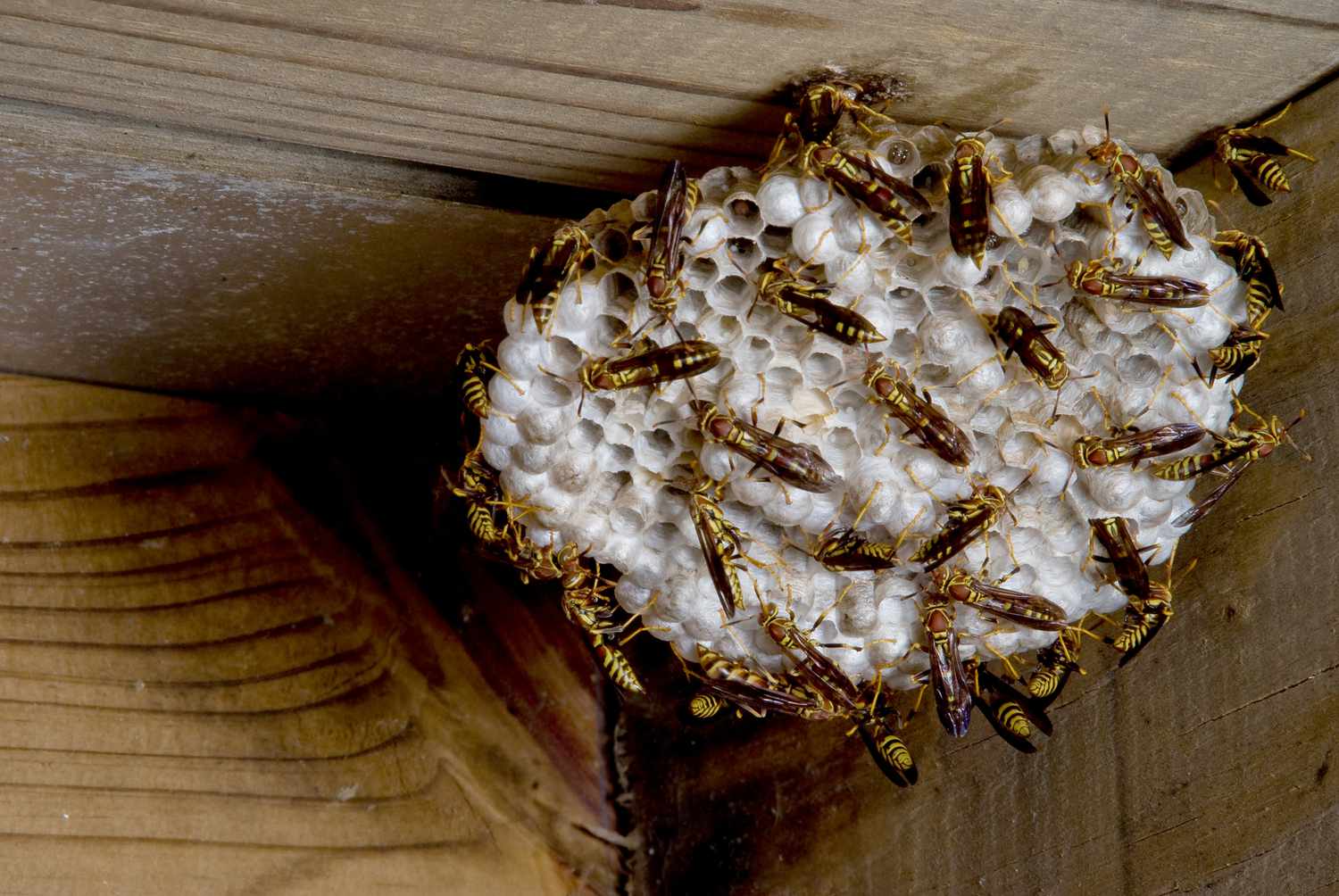
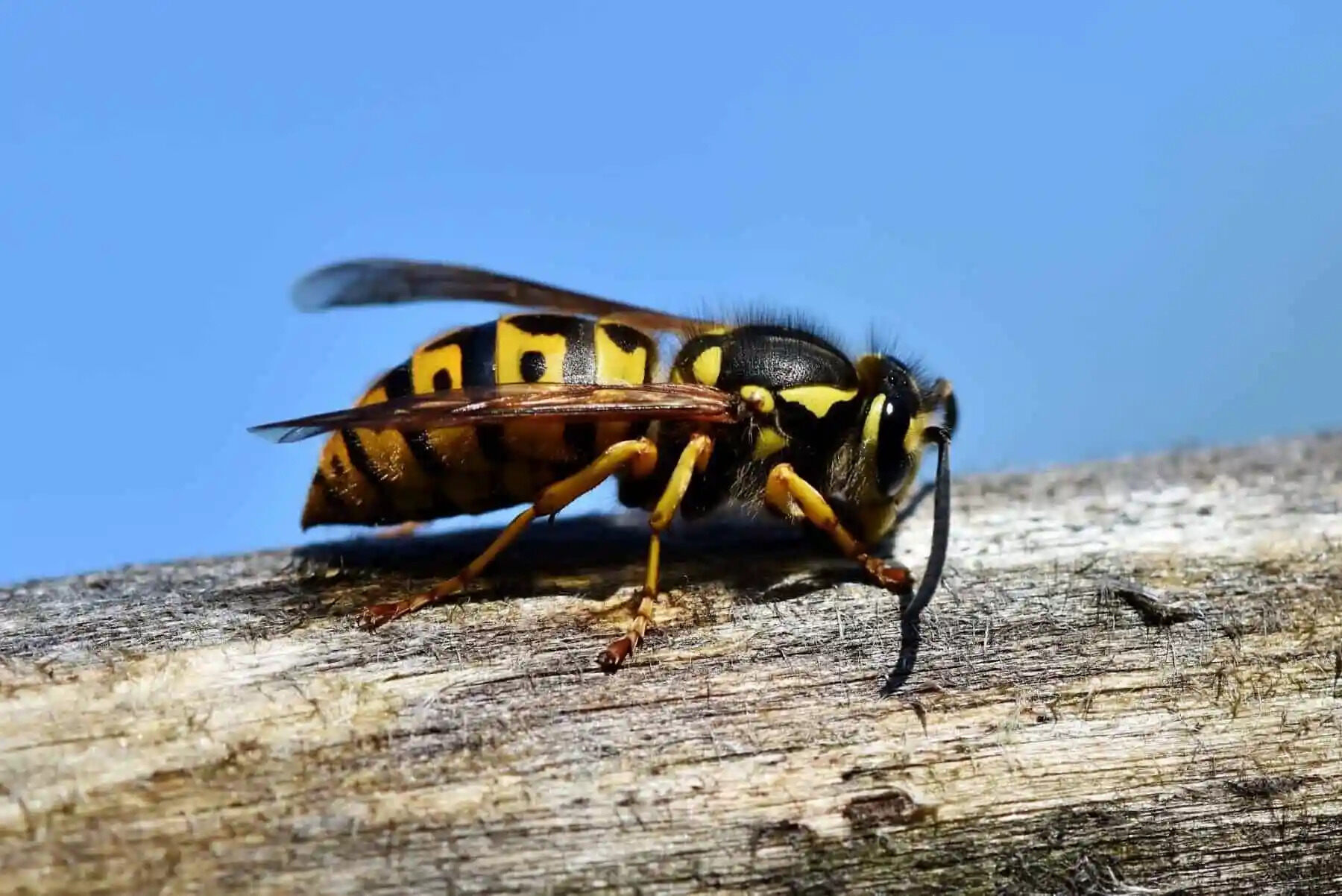
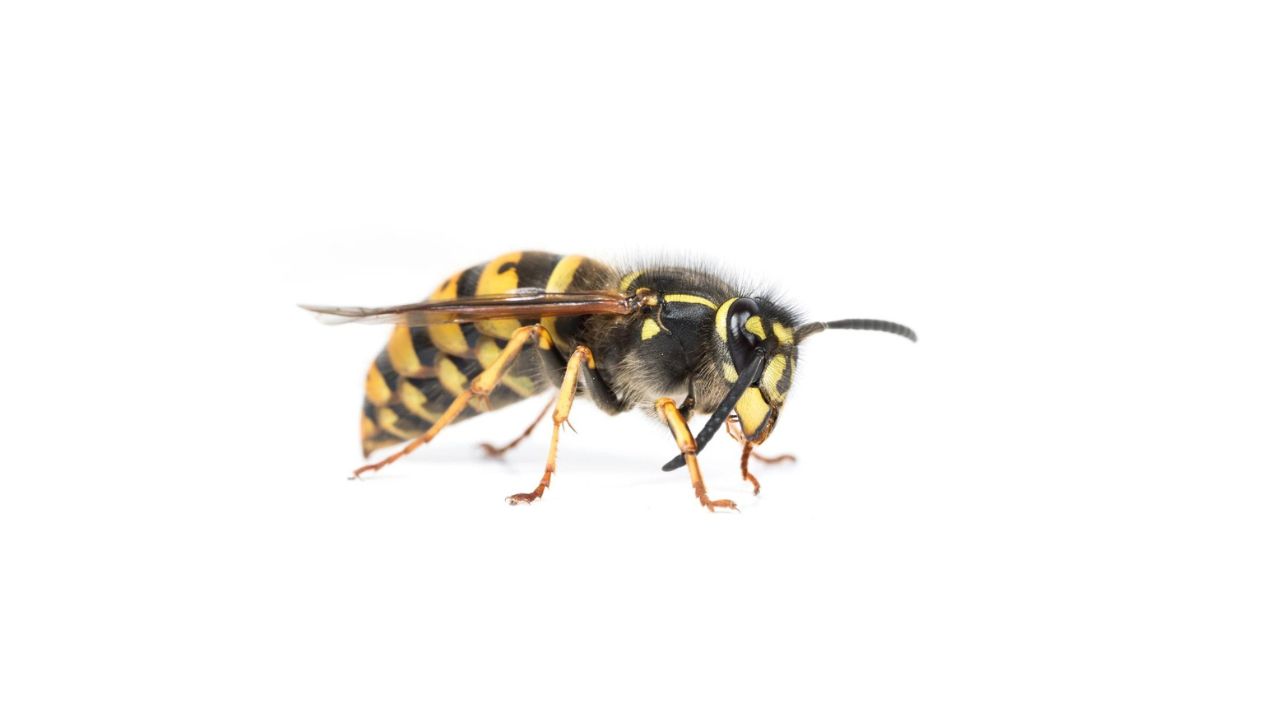
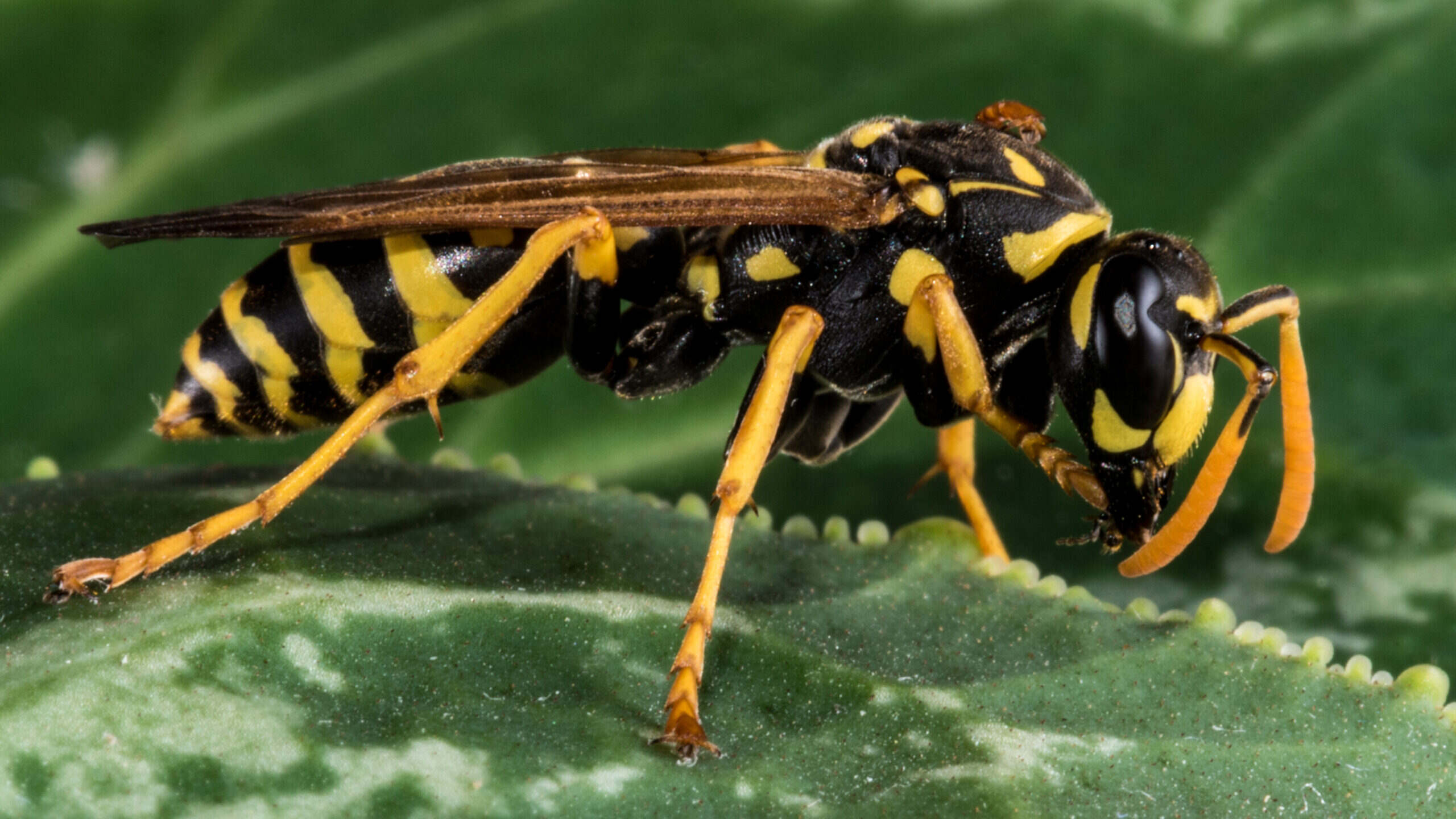

0 thoughts on “How Are Yellow Jackets Getting In My House”